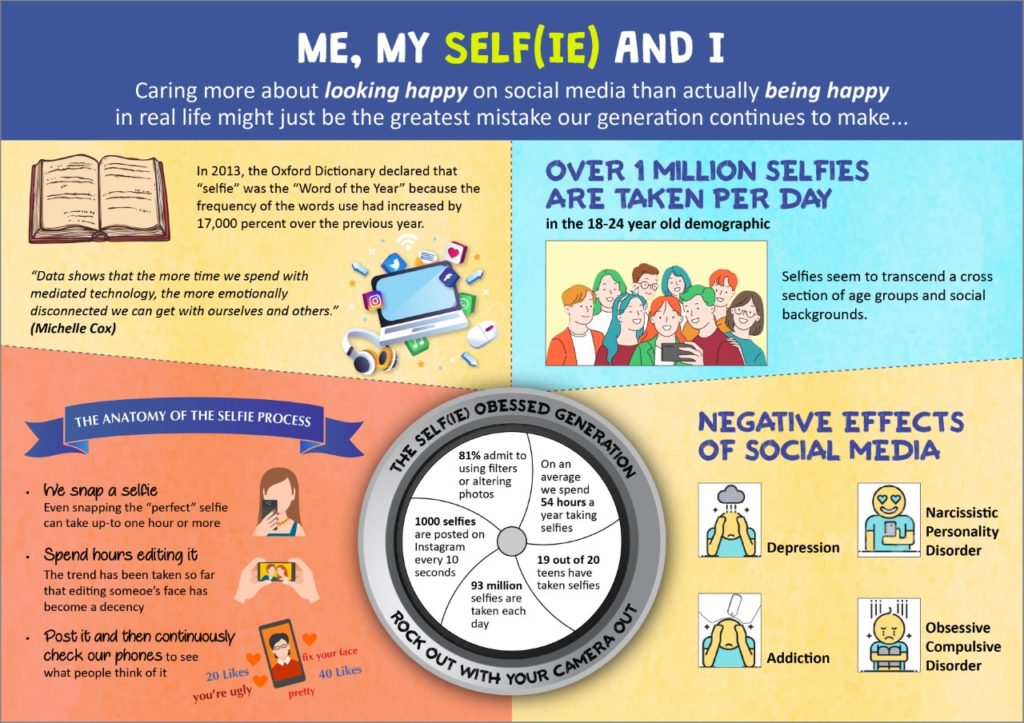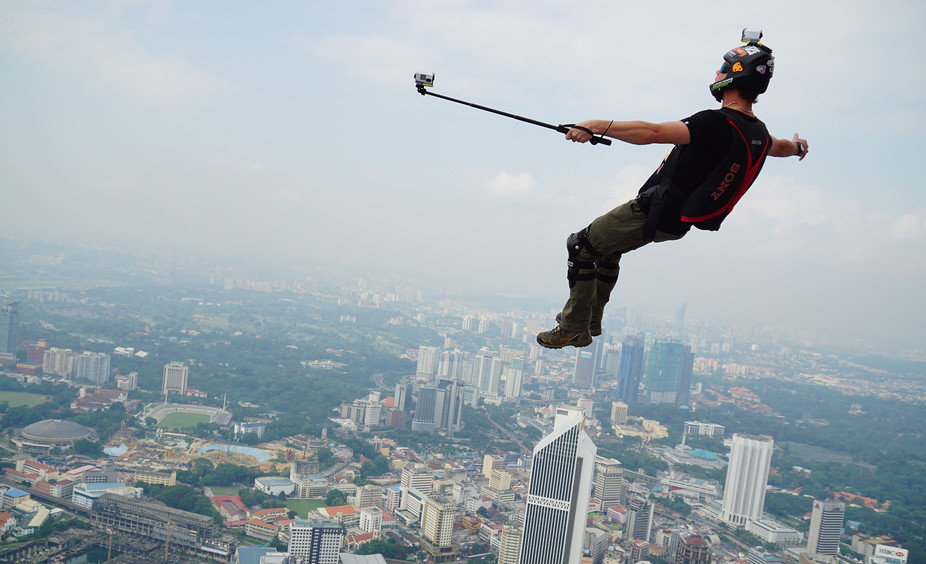In today's digital age, snapping a selfie is as common as breathing. But before you hit that shutter button, have you ever paused to think about your privacy? With the rise of social media, the impact of selfies on personal privacy is more crucial than ever. This article dives deep into how to protect privacy when taking selfies, explores the selfie privacy settings on smartphones, and provides essential tips for sharing on social media. Let’s peel back the layers of this modern phenomenon and equip you with the knowledge you need to keep your digital life secure.

The Privacy Risks of Sharing Selfies
Sharing selfies can feel like a harmless act, but it’s essential to understand the privacy risks involved. When you post that perfect shot, you're not just sharing your face; you're revealing a piece of your life. Location data, facial recognition, and personal details can be embedded in your photos.
Did you know? According to a study by the Pew Research Center, 55% of teens have shared a selfie online, and 20% have experienced negative consequences from it. This statistic highlights the urgent need to consider what we share and with whom.
Here’s a quick rundown of the primary risks associated with selfie sharing:
- Geotagging: Many smartphones automatically tag images with your location. This means anyone can track where you are.
- Facial Recognition: Social media platforms often use facial recognition technology to identify users, which can lead to unwanted attention or harassment.
- Data Mining: Companies can analyze your posts to create detailed profiles, which can be used for targeted advertising or, worse, sold to third parties.
To mitigate these risks, consider turning off location services when taking selfies and never share your exact location in posts.

Understanding Selfie Privacy Settings on Smartphones
Before you share your selfies with the world, let’s talk about the selfie privacy settings on smartphones. Most devices today have built-in features to help you manage your privacy better.
Here’s how to adjust your settings:
-
Turn Off Geotagging: Go to your camera settings and disable the geotagging feature. This prevents your photos from automatically including your location.
-
Review App Permissions: Regularly check which apps have access to your camera and photos. Remove access for any that you don’t trust or use frequently.
-
Use Private Profiles: On social media, ensure your account is set to private. This way, only approved followers can see your selfies.
-
Limit Sharing Options: Many smartphones allow you to share photos directly to select platforms. Use this to control where your images go.
By understanding and utilizing these settings, you can significantly reduce the chances of your selfies leading to privacy breaches.
Selfie Privacy Tips for Social Media
Ready to share your selfies but want to keep your privacy intact? Here are some practical selfie privacy tips for social media:
-
Think Before You Post: Always consider who might see your selfie. Ask yourself: would I be okay with my boss or a stranger seeing this?
-
Blur Your Background: If there’s something personal in the background, consider blurring it out before posting.
-
Limit Personal Information: Avoid sharing sensitive information in your captions or comments. This includes your location, workplace, or any identifiers that could reveal more about you.
-
Be Wary of Tags: If friends tag you in photos, check those tags before they go live. You can control who can tag you in settings.
-
Use Stories Instead of Posts: Utilize features like Instagram Stories or Facebook Stories, which disappear after 24 hours. This can be a fun way to share without leaving a digital footprint.
These tips can help keep your online presence secure while still allowing you to enjoy the fun of sharing selfies with friends.

The Impact of Selfies on Personal Privacy
The rise of selfies has undeniably transformed how we communicate and express ourselves. However, it has also created new challenges regarding personal privacy.
For instance, a 2022 study by the Journal of Cyberpsychology found that individuals who frequently post selfies are more likely to experience privacy invasions. This can include unwanted attention, harassment, and even identity theft.
So, why is this happening? Here are some factors to consider:
-
Over-Sharing Culture: Societal pressure to post frequently can lead to over-sharing, making it easy for malicious actors to gather information.
-
Lack of Awareness: Many users are simply unaware of the privacy settings available or the potential risks of sharing personal images online.
-
Public Perception: With the normalization of selfies in public spaces, individuals may feel less inclined to be cautious, leading to careless sharing.
By understanding these impacts, you can make better choices about when and how to share your selfies.
Conclusion: Keep Your Selfies Safe
In conclusion, while selfies are a fun way to express yourself and connect with others, it’s crucial to prioritize your privacy. By understanding the privacy risks associated with sharing selfies, adjusting your smartphone settings, and following essential social media tips, you can keep your digital life secure.
Remember, you don’t have to sacrifice your fun for safety. With a little awareness and some protective measures, you can snap away confidently. So, go ahead, capture those moments—just do it wisely!
Want more tips on digital safety? Subscribe to our newsletter for the latest insights on protecting your online presence!